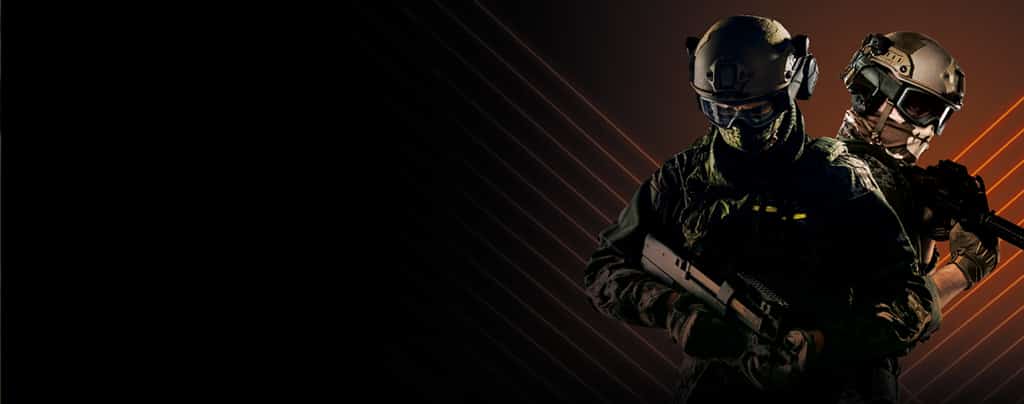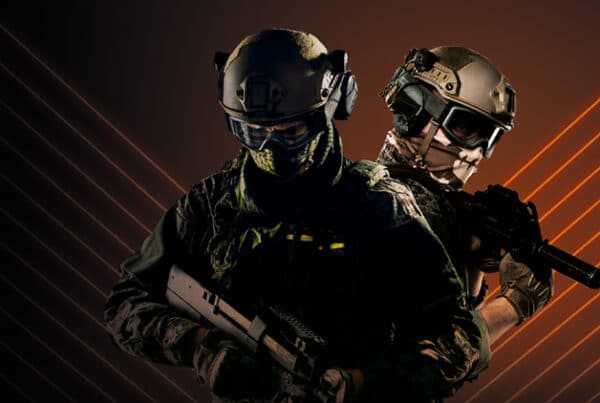G3 sat down with one of our Competitive Gaming Casters to discuss their role within SIS Competitive Gaming.
Could you tell me more about your career background and what attracted you to the role with Competitive Gaming?
I’ve been casting since secondary school running my own events before joining the university scene and I haven’t looked back. I’ve cast freelance on titles such as Smash, Valorant, Overwatch, and several different fighting games prior to joining SIS.
I originally joined the Milton Keynes office and worked on NBA before moving up here to work in the new CS:GO studio. There is a lot of security in this role as it’s consistent work unlike freelance where you plan months ahead what gigs you can attend only for everything to potentially fall through at the last minute.
What role do casters have in promoting esports to make it exciting to watch and ultimately create hype around players, matches, and game types?
The casters are the second most important role, if not the most important, of any esports event. A bad caster destroys an event. People don’t remember the hype moments of big plays in video games because of the play itself, but because of someone telling you why a particular play is nutty.
Despite CS:GO turning ten years old, it’s kept up with polished, newer, more colourful, vibrant games because the Counter-Strike casters have and continue to do an amazing job at making you care about every little thing. Without that, CS would have died a long time ago.
Talk me through a typical day – how many games do you commentate on and present? Are you a specialist in one game or do you work across multiple titles?
In an eight-hour shift 20+ games. My main specialities are fighting games and shooters, but I learn games very fast. For Ebasketball I had limited experience before my initial interview with SIS! I’ve never played Valorant yet can cast effectively on it after doing some indepth research and working with a co-caster helps get you up to speed.
What types of information are you given to provide real-time analysis of how play is unfolding?
Everything on the broadcast is the caster’s point of view and is reactive to what is happening in the game play. That means reading the mini map, being aware of peripherals, knowing where all the players are, keeping track of objectives and utility, etc.
If you don’t mention these things in casting, someone might miss it. It is part of our role as casters to select the talking points outside of key betting odds we incorporate into the cast. Besides that, everything the viewer sees, I see.
Are you a colour caster that talks more about analytics and strategies or a play-by-play caster who focuses more on live gameplay?
Play-by-play. I have done colour before, in fact I started out that way, but play by play is so important and I have got much better at it over the years through casting on fast paced fighting games.
I tend to do a bit of colour if I’m partnered with a new inexperienced caster who doesn’t understand the game as well as me, but I mould around whoever I’m with.
Do you cast under the assumption your audience is a veteran viewer or one that is new to the sport? How do you strike the balance?
I usually target new viewers and bettors with my casting, but it very much depends on the title. For a sports title such as Ebasketball or Esoccer, I can assume the rules of the game are understood by those watching. When casting on tactical shooters and fighting games that have little intricacies which aren’t immediately obvious, I assume there is one person in the audience that doesn’t understand.




